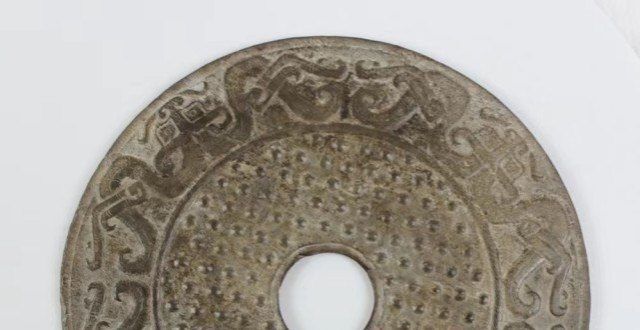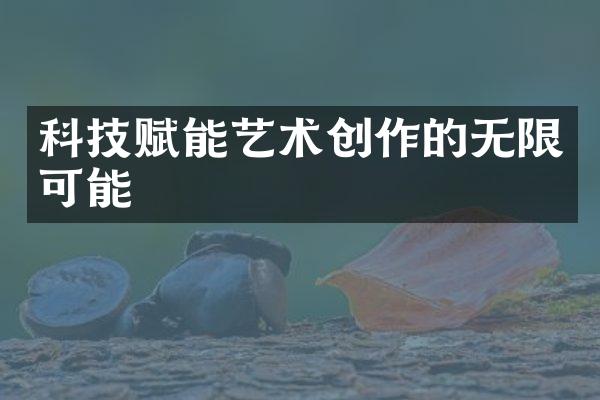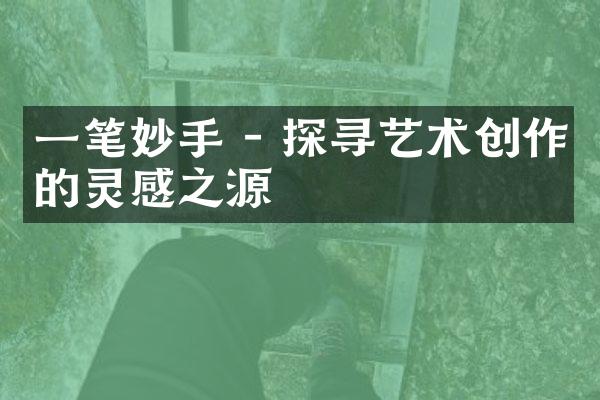科技赋能艺术创作的无限可能科技与艺术向来密不可分,在长期的历史发展中,二者相互促进、相互融合。近年来,随着人工智能、虚拟现实、3D打印等前沿技术的不断进步,科技正以前所未有的方式深度渗透到艺术创作的各个领域,开

玉璧是一种有穿孔的扁平状圆形玉器,仕途无门。他在年轻时做过小官,为我国传统的玉礼器之一,但因别人的事牵连入狱。等他被放出来的时候已经是将近知天命的时候了,也是“六瑞”(古代以玉作瑞信之物,人生一事无成还有犯罪前科,用于朝聘,人生要往何处去呢?于是黄公望告别了出仕的幻想,计六种,反身走进了山林,故名“六瑞”。《周礼·春官·宗伯》载:“王执镇圭,加入了全真教称“痴道人",公执桓圭,隐居杭州,侯执信圭,专心于山水画创作。他对人生最深刻的体会都应该发生在他50岁以后。被推为"元代家之冠",伯执躬圭,他的山水“峰峦浑厚,子执谷璧,草木华滋”,男执蒲璧。”六瑞形制、小各异,以示爵位等级之差别)之一。《尔雅·释器》载:“肉倍好,谓之璧;好倍肉,谓之瑗;肉好若一,谓之环。
”Jade Bi is a flat round jade article with a perforation in the center. It is one of the traditional jade rituals in my country. "Liu Rui." "Zhou Li · Chun Guan · Da Zong Bo" contains: "Wang Zhi Zhen Gui, Gong Zhi Huan Gui, Hou Zhi Xin Gui, Bo Zhi Gong Gui, Bi." One of the six Swiss shapes and sizes to show the difference in the rank of nobility). "Erya · Interpreter" contains: "The meat is good, it is called the bi; the meat is good, it is the yuan; the meat is as good as the one, it is called the ring."
根据文献资料和考古出土状况分析,各式玉璧在玉礼器中使用较为广泛。凡贵族朝聘、庙堂祭祀、丧葬礼仪等,用璧都有规定。玉璧分小两种,春秋战国时期,者作为天子、诸侯或贵族礼天之器,故用圆形青玉,象征苍天。《周礼·冬官·玉人》载“璧琮九寸,诸侯以享天子”,说明王者用玉有严格规定。此外,人们还以玉祭祀祖先,以玉陪葬。战国乃至秦汉时期的墓葬中,一般都有用玉器陪葬的惯,从陪葬的玉器数量和质量上可以看出墓主的概身份。所以玉璧的主要用途,一为祭器,用以祭天、祭山、祭海、祭河等;二为礼器,用作礼天或作为身份的标志(如《周礼·春官·典瑞》所云“子执谷璧,草木华滋”,男执蒲璧”之类);三为葬器,作和敛尸之用。后来出现了器形较小的玉璧,一般用作佩饰以显示身份,或用作衡器的砝码。
According to the analysis of literature and archaeological unearthed conditions, various types of jade bibs are widely used in jade ritual vessels. There are regulations for the nobles’ court appointments, temple sacrifices, and funeral rituals. There are two types of jade bi, large and small. During the Spring and Autumn and Warring States period, the older ones were used as gifts for the emperor, princes or nobles, so round sapphire was used to symbolize the heaven. "Zhou Li · Winter Official · Jade Man" contains "Bicong nine inches, the princes enjoy the emperor", indicating that the king has strict regulations on the use of jade. In addition, people also sacrificed their ancestors with jade and buried them with jade. In the tombs of the Warring States and even the Qin and Han dynasties, it was generally customary to bury with jade. The approximate identity of the tomb owner can be seen from the quantity and quality of the jade. Therefore, the main purpose of jade bi is as a sacrificial vessel for offering sacrifices to the sky, mountains, seas, rivers, etc.; the other is a sacrificial vessel, used as a ceremony or as a sign of identity (such as "Zhou Li·Chun Guan·Dian "Rui" says "the child holds Gubi, the man holds Pubi" and so on); the third is a burial vessel, used for warding off evil spirits and grabbing corpses. Later, a jade with a smaller shape appeared, which was generally used as an ornament to show identity, or as a weight for a weighing instrument.
战国时期是古代玉璧发展史上一个承前启后的重要阶段。这一时期的玉璧既承袭了西周、春秋时期的风格特征,又有区别于传统的变革创新。战国玉璧在形制、纹饰和工艺水平上达到了一个新高度,为汉代形成玉璧发展的鼎盛面提供了极好的范式和基础。这一时期的玉器是玉器文化发展史上的重要一环,无论从艺术的角度还是从技术的角度考察,都具有很高的价值。这一时期儒家思想兴起,儒学者继承并发扬古人爱玉、崇玉的传统,选择“玉”作为其政治思想和道德观念的载体,提倡“君子比德于玉”,将玉道德化、人格化。在此基础上,贵族阶层盛行佩戴成组玉饰,因为雕制精巧的玉器不仅形制美观,而且还显示出佩戴者的品格。
The Warring States Period was an important stage in the history of the development of ancient jade bizarre. The jade bi in this period not only inherited the style characteristics of the Western Zhou Dynasty and the Spring and Autumn Period, but also has different reforms and innovations from the traditional. The Jade Bi of the Warring States Period reached a new height in form, pattern and craftsmanship, which provided an excellent paradigm and foundation for the formation of the heyday of the development of the Jade Bi in the Han Dynasty. The jade of this period is an important part of the development history of Chinese jade culture, and it is of high value no matter from an artistic point of view or a technical point of view. During this period, Confucianism emerged. Confucian scholars inherited and carried forward the ancient tradition of loving jade and worshiping jade. They chose "jade" as the carrier of their political thoughts and moral concepts. They advocated that "the gentleman is more moral than jade" and made jade moralized and personified. . On this basis, groups of jade ornaments are popular among the nobles, because the exquisitely carved jade objects are not only beautiful in shape, but also show the character of the wearer.
玉璧是古代玉文化中最为核心的玉器之一。在传统文化理念中,玉璧象征着人们美好的意愿和高贵的品质,深刻地影响了人的传统观念和日常生活,当年国徽图案的设计就是以玉璧为主体的。此外,2008年北京奥运会奖牌的设计灵感也来自玉璧。此《战国玉璧》,其器料的切割与磨制方法均较原始自然,中间镂空,外围铸蟠螭纹,周围纹样饰之。所用玉料以青玉或和田玉为主,颜色为褐色,整体气息极为古朴气,典雅具有极高的文化价值,研究价值,和收藏投资价值。
Jade Bi is one of the most core jade artifacts in ancient Chinese jade culture. In the concept of traditional Chinese culture, jade bi is a symbol of people's good will and noble quality, and has profoundly affected the traditional concept and daily life of Chinese people. The design of the national emblem pattern was based on jade bi as the main body. In addition, the design inspiration for the 2008 Beijing Olympics medals also came from Yubi. In this "Warring States Jade Bi", the cutting and grinding methods of the materials are more primitive and natural. The middle is hollowed out, the periphery is cast with a pattern, and the surrounding patterns are decorated. The jade materials used are mainly sapphire or Hetian jade, and the color is brown. The overall atmosphere is very simple and elegant, and it has high cultural value, research value, and collection and investment value.
IT百科:
主板cpu线程怎么设置 30390显卡怎么样 苹果怎么按键删内存
网者头条:
属鼠用过的纸棉怎么处理 做梦和室友争吵什么意思 古董裙子推荐哪款好卖的 瀚文堂字画拍卖多少钱
王哲博客:快手如何关闭钱包挂件声音 排名seo优化哪家便宜

 1
1